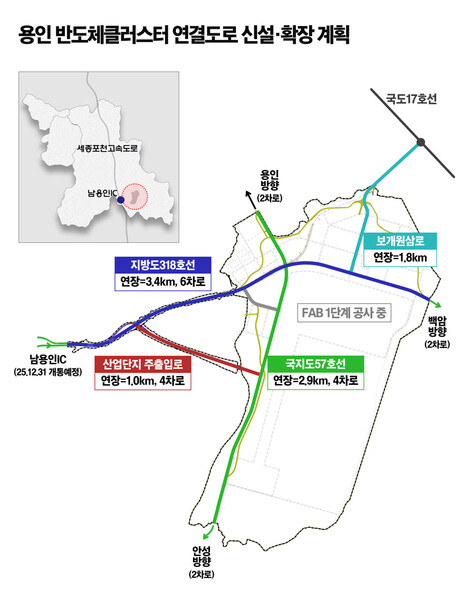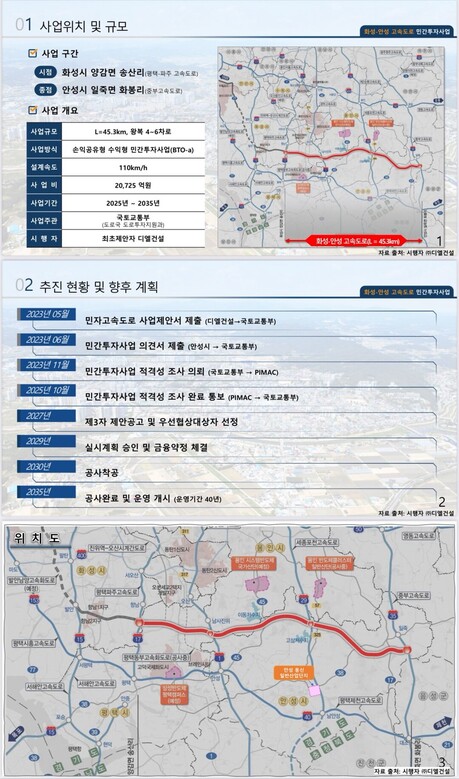- The Alps is a range of mountains that form a crescent shape in Europe, that covers a distance of 1,200 km (750 miles).
- The Western Alps are higher, but their central chain is shorter and much curved; they are located in France, Italy and Switzerland. The Eastern Alps (main ridge elongated and broad) belong to Austria, Germany, Italy, Slovenia and Switzerland.
- The Alps is the home of many glaciers.
- There are 13,000 species of vegetation and 30,000 species of wildlife, many of which are native to the Alps.
- A mummified man was found in the Alps at the Austrian/Italian border in 1991, said to be 5,000 years old.
- Fourteen million people live in the Alps region, and the area attracts approximately 120 million visitors every year.
- In the Alps there are 82 official summits that are at least 4,000 m (13,123 ft) high, and the highest peak is Mont Blanc which is 4,810 meters (15, 780 feet) high and is on the French and Italian border.
- The Alps have been the source of many minerals and crystals, which has included copper, gold, iron, cinnabar, quartz and amethyst.
- It is suggested that between 40,000 to 80,000 men died in World War I due to avalanches on the Alps.
- The Alps provide water that those in the region drink; use for irrigation purposes; and create hydroelectric power in over 500 power plants, that can produce up to 2900 kilowatts of electricity per hour.
[저작권자ⓒ 이코노미세계. 무단전재-재배포 금지]




























